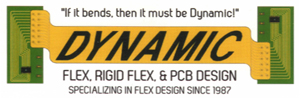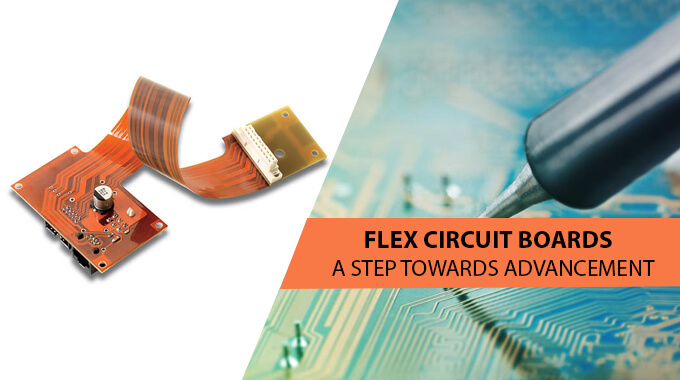Flex Circuit Boards – A Step Towards Advancement
Technological advancements of the modern world are fascinating–their precision and accuracy are wonders of the human brain. Advanced circuit systems have revolutionized the world around us. For example, the technology used in the latest machinery uses advanced mechanisms and techniques.
Modern machinery has increased efficiency, provides near-optimum results, and is much reduced in size compared to older models. Printed circuit boards are an essential part of many modern types of machinery, and play a vital role in increasing the efficiency and accuracy observed in modern electrical equipment.
Circuit Board Design and Manufacturing
Flexible circuit boards are designed to reduce weight, size, and structure of the machinery, of which it is an integral part – making it more reliable and productive.
Based on defined flex circuit design rules, a printed circuit board is designed and manufactured so that a machine’s size could be reduced, also improving the effectiveness and reliability of the machine. Let us briefly review the flex PCB design and manufacturing process.
- Designing of circuit board components
Composed of many integral components, the designing of the printed circuit board is the primary step that’s done. Each part is designed using various software like Altium Designer, OrCAD, Pads, etc. Each element must be compatible with the PCB layout.
After the design is approved, it is examined by the design examination department, where it is checked for errors. Extended Gerber, is widely used by PCB manufacturers in the inspection process of design. After a plan is confirmed and thoroughly tested for errors, it is forwarded to the printing section.
- Circuit Board Printing
This process includes printing the inner layers of the board. This process incorporates the printing of different figures on the copper foil. The inner part of board material-com pries fiberglass and epoxy resins that are substrate material that is coated with lamination.
It is there to protect the circuit body from contagious particles like dust and water.
After the printing process, the next process is to remove unwanted copper layers. A chemical is used to remove the extra restive layer and copper. After that, all the parts are assembled with metal clamps, providing all the circuit board components fit in the right place.
This was a very brief explanation of the manufacturing process, however, if you are looking for a detailed one. Our blog section comprises of various articles where you can find detailed information regarding its manufacturing process.
Applications of Printed Circuit Boards
Let us look at its use in different sectors and how this sate of the art equipment positively affected us.
Consumer Electronics:
Computers, smartphones, and many other products require PCBs to function. PCBs have become a significant part of almost every electrical device we see today.
- PCB in Smartphones:
PCBs are being utilized by mobile phone manufacturing companies to build smarter and smaller devices each day.
The electronic items we use in our daily lives have advanced capabilities, which require printed circuits boards with a high volume of connection. Smartwatches, radios and other communications products also require PCB to function.
- Home appliances: home appliances such as television, microwaves coffee maker, etc., have electronic components and PCBs that make them function optimally.
Automotive Printed Circuit Board
Automotive manufacturers all around the world are using the growing numbers of printed circuit boards in the vehicles they manufacture. Earlier, PCBs were used only in headlight switches and windshield wipers.
Today many advanced features that we see in our cars (relating to driver’s safety for example) use PCB technology to function.
- Navigation and Entertainment systems: systems and Stereos that incorporate entertainment and navigation rely on PCBs.
- Control systems: Many systems that control the essential functions of the car require PCBs to function. These include fuel regulators and engine management systems.
- Sensors: with the help sensors, we have made our vehicles more advanced and efficient. Manufacturers incorporate more and more sensors to improve the performance of cars. These sensors can monitor nearby objects, blind spots, and warn drivers. PCBs are an essential component of these sensors.

